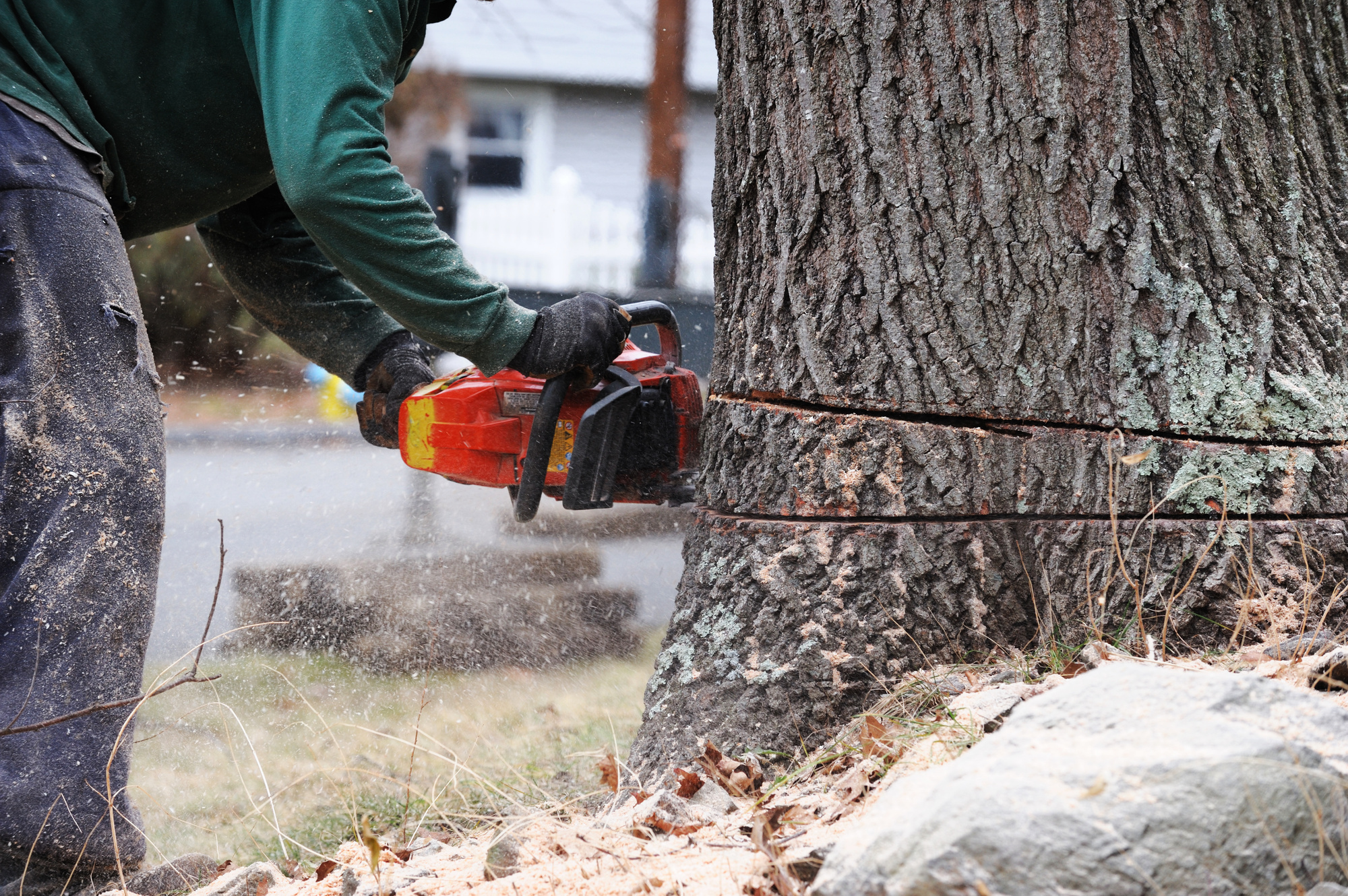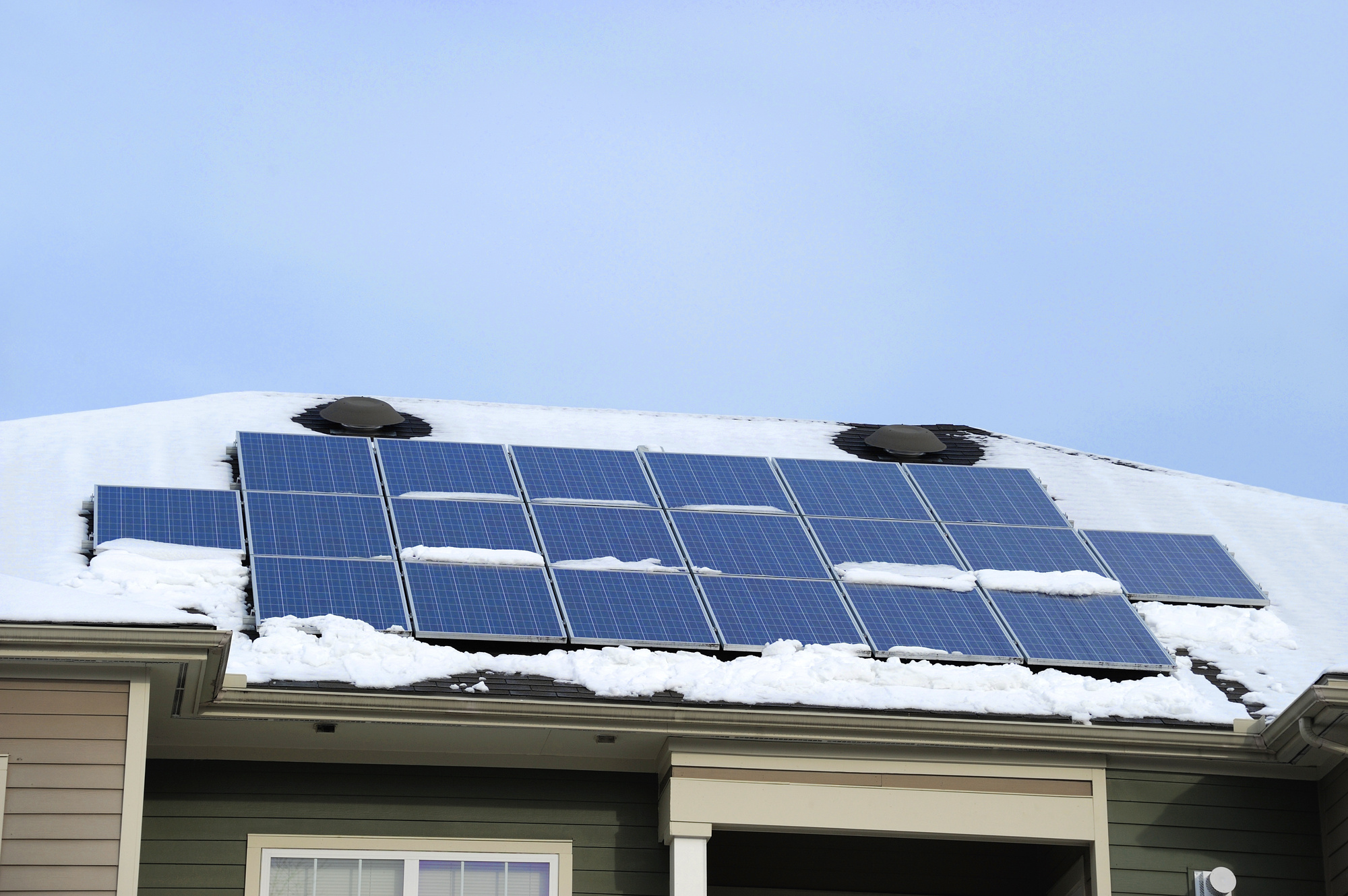While it may seem cliche, Dorothy had it right at the end of the Wizard of Oz when she said: “if I ever go looking for my heart’s desire again, I won’t look any further than my own backyard.”
Sometimes, the wonders of the universe aren’t all that far away. All you have to do is look up at the right time and you’ll be met with an adventure, entertainment, beauty, and a nearly endless backdrop for dreaming.
While some people may think about getting into astronomy and feel overwhelmed by all of the technical gadgets and the cost of a good telescope. But you don’t need to shovel a ton of money or time into becoming an astronomer. It’s much easier than that.
If you’re interested in getting started with sky gazing, keep reading. We’ll give you our top tips for astronomy for beginners!
Get Elevated
If you’re serious about your sky gazing efforts, the first thing you want to do is find a good spot to do your looking. The key here is to get as high up as you possibly can.
If you live in a city, this might mean that you get to the top of the tallest building you can find, or finding a particularly elevated hill. Your goal here should be to be able to see as much of the sky as you possibly can.
Red Light
It’s also important that you make sure you stay safe. When you’re moving around in the dark, you need some kind of light to make sure you don’t take a tumble down a hill, or that tall building we talked about. But if you turn on a flashlight with a normal bulb, you seriously diminish your ability to see properly in the dark.
There is a happy medium between pitch darkness and an LED light that will make your sky gazing efforts null and void.
Red light won’t do the same things to your eyes as blue or white light does. So, you should either invest in a red flashlight or simply make your own by using red cellophane paper and the light on the back of your cell phone!
Stay Low-Tech
There are a few misconceptions that people have when they think about astronomy for beginners. Most people start out thinking that they need a fancy telescope and all the latest gadgets to make their new hobby work.
But lucky for both you and your pocketbook, this isn’t the case!
The truth is, telescopes are hard to use. There’s nothing quite as frustrating as trying to use one and being unable to figure out what you’re looking at. Nothing causes beginner astronomers to give up quite like that.
Instead of a telescope, just head outside with some binoculars and start to star gaze. It’s a good idea to learn the layout of the night sky before you try to use a telescope. Figure out where the main constellations are and get acquainted with them.
Another great low-tech tool to keep on hand is a star chart. They’re handy devices that can show you what stars and planets you’ll be able to see in the sky where you are.
The Time is Right
The best time to get out there and look at the sky is when the weather is crisp on a clear, winter night. Things like humidity and haze will change the way we see the sky, so summer isn’t the best time to get out there.
You should also take a look at the different phases of the moon. When the moon is in its crescent or gibbous phase, or when it’s missing altogether, are good times as well. When there’s more of the moon to see, the light is often too bright to see much else.
While we’re talking about the moon, don’t forget to look up at her either. During these times when the moon is waxing and waning, you’ll be able to see the incredible texture.
Find Some Helpful Apps
While many people who want to reconnect with nature through stargazing like to decry more advanced technology, there are some cool apps out there that can help you make the most of your night time hobby.
Apps like Stellarium where you can see the positions of the planets, like a star chart in your pocket. There’s also Starwalk, Google Sky Map, and Exoplanet are also great tools to keep in your pocket if you want to expand your knowledge.
Learn What’s a Star and What’s Not
The first thing you want to do is take the time to learn the difference between a star and a planet. A good rule of thumb to remember is that if it sparkles, it’s a star. If it doesn’t, it’s a planet.
If you’re on the hunt for a couple of planets, make a line between two you can spot and try to follow that line. This is also known as the ecliptic plane, the path the sun takes when it’s setting and rising.
Look for Star Patterns
Another thing to look for is the different star planets out there. You might not think that there are a ton of stories you can find in the sky, but that couldn’t be further from the truth.
The sky we’re looking at now is the same sky our ancestors looked at years ago. These are the same stars that they used to help them create stories from constellations.
Learn these patterns and these stories and you’ll be closer to your past than ever before.
Disconnect for a While
Another great thing to do if you want to get away from your backyard astronomy roots is to find a place to go for a while. National parks and forests are a great place to do some sky gazing as well.
You want to get as far away from city lights as you can. Street lights are also terrible for your eyes adjustment ability.
Take some time to put your phone down and step away for a while. This is a great way to relax and get a little closer to the stars.
Find Astro-Friends!
And finally, you want to find some like-minded friends in the hobby as well. Find a local astronomy group and get involved. While it’s fun to be able to teach yourself, sometimes there’s nothing better than sitting down with someone else who knows what they’re doing and being shown the right way to do something.
Friends in the hobby also have the best stargazing spots, and there’s always room for more on a fun weekend away!
Astronomy for Beginners
Now that you’ve got all of our top astronomy for beginners tips, it’s time for you to get out there and start looking up at the sky. Not only is this a fun hobby, but it also doesn’t have to be one that you pour your whole paycheck into.
Take some time tonight to get out there and look up at the sky for a while. Even if it just means looking up at the moon and getting a glimpse of the magnificent texture, you’re practicing!
And if you want to keep the earth clean and free of pollution so your night sky stays bright, read more here!










